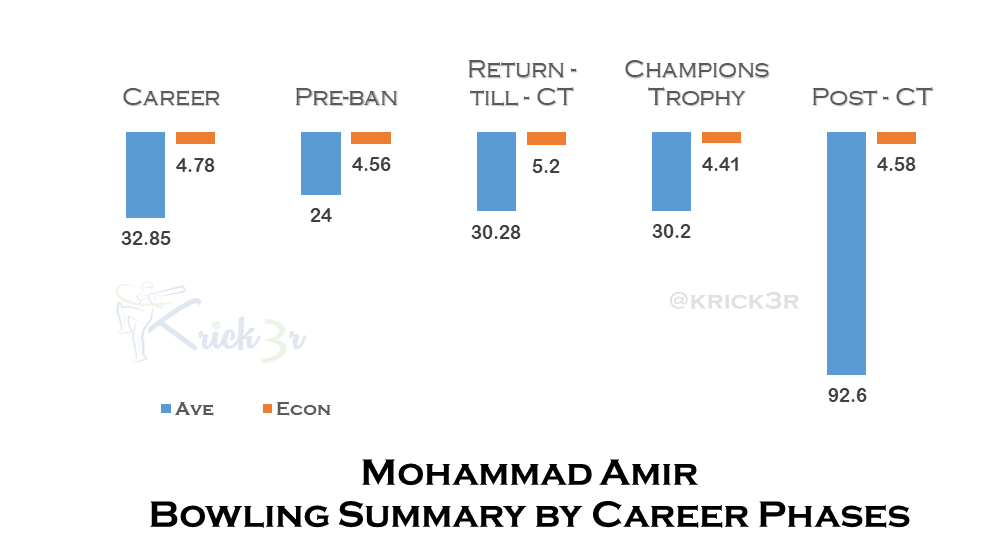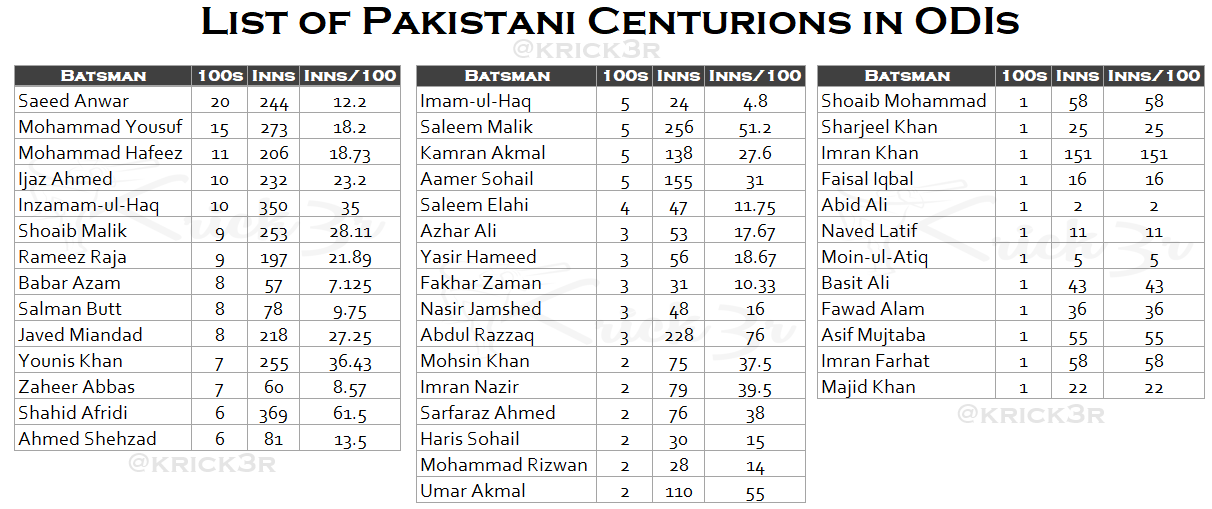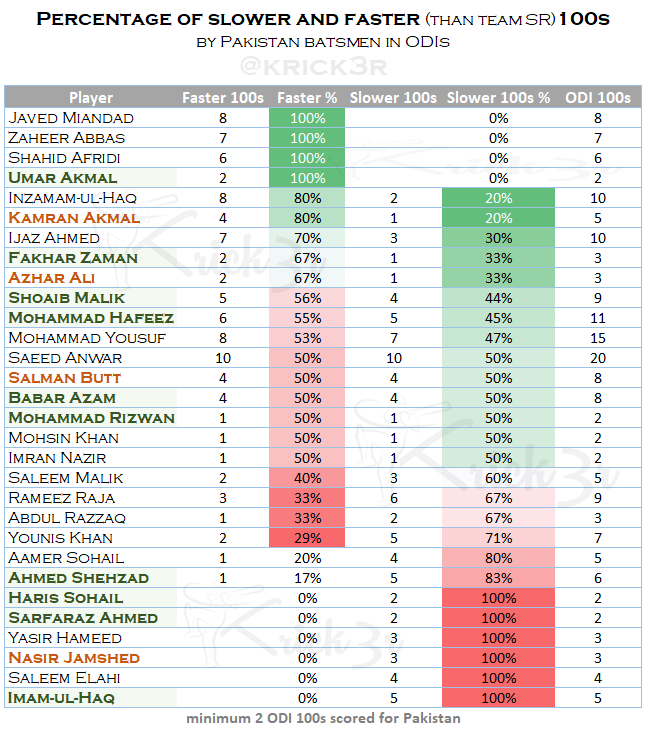The announcement of Pakistan’s squad for ICC Cricket World Cup 2019 is only days away. The scope of speculations, rumors and debates has narrowed out to selection of only a couple of players and Mohammad Amir is one of them.
There was a time when not selecting Mohammad Amir for any Pakistan squad was not considered as an option. Upon his return from 5-year ban, even, he literally walked into Pakistan side and resumed the lead role of Pakistan’s bowling unit. His talent trumped all selection criteria and practices, to the extent that shadows of favoritism started to dampen his bright aura of raw talent.
He has been part of Pakistan team in all formats since then – his return to International Cricket in 2016. Apart from missing a few games here and there due to injuries or under the doctrine of ‘rotation policy’, he has remained an automatic choice in the team. At times, his berth in the team has remained more assured than even the captain of the side. Cometh the World Cup and his guaranteed berth has started to look shaky, however.
Amir's Bowling Economy since ICC Champions Trophy 2017 has been:
- as good as from his debut till 2010
- better than his career economy
- better than all other Pakistan pacers combined in matches he played.
- a run better than all other bowlers combined in opening spells
He has taken only 5 wickets in 14 matches since that magical spell on June 18, 2017 against India during the Final of ICC Champions Trophy. More specifically, he has taken only 3 wickets in his last 12 matches – a wicket every 4th match by a bowler who carries the expectation of taking 4 wickets in every match. This has been the most common argument against his case for selection – and that is not factually incorrect, by any means.
What missing with these stats is probably the context. Taking wickets is definitely the basic expectation from an ace bowler, especially someone who opens the bowling with regularity. But is that the only dimension to assess (potential) value of a bowler in a squad?
Is he just not getting the wickets or getting thrashed around the park as well? If he is leaking runs as well then he is definitely out of form and deserves rest more than the selection but if he is not giving away runs, is he really in a bad form? How is he doing in terms of runs – bowling economy?
More specifically, how has he performed in terms of economy, especially at the beginning of the innings – the opening spells where only two outfileders are allowed? And what about his own standards? How does his recent performance stands in comparison to his own performance standards earlier in his career?
All these are the questions that can help in seeing the complete picture of Amir’s form and potential than concluding it just from the wickets column. So let’s start putting each of these questions under the scanner.
For the sake of comparison, Amir’s career can be divided into four phases:
1) Debut till ban
2) Return to International Cricket till Champions Trophy 2017
3) Champions Trophy 2017
4) Post Champions Trophy
His economy in the last phase is almost identical to first phase in his career. Its slightly better than his career economy and it is distinctively better than the amount of runs he used to concede on the average since his Return to International Cricket till Champions Trophy.
So in comparison to his own performance in different phases of his career, has his performance deteriorated in Post-CT phase? In terms of bowling economy, definitely not.
How about comparison with other bowlers in the same period? Comparing him with spinners would be more an apple to orange comparison, so let’s restrict the comparison to with other pacers only. For the sake of eliminating the pitch, innings in the match, result and other factors, let’s restrict the comparison also to only the matches where Amir played.
Amir’s Bowling Average is awful in this period – no surprises there. However, in terms of runs conceded, Amir’s Bowling Economy is better than all other pacers combined in this period.
In match to match comparison, except for only a couple of matches, his bowling economy has remained either better or around the same as other Pacers who represented Pakistan in the same period.
For the sake of maintaining the uniformity of data, bowling figures of equal number of overs bowled by OTHER bowlers have been included here as the number of overs bowled by Amir in his opening spell in that particular match. For the sake of simplicity, figures of all bowlers other than Amir have been included under OTHERS that also includes overs bowled by spinners from the opposite end during the opening spell of Amir.
Amir’s bowling economy in the opening spells have been more than 1 run better on the average than the economy of all other bowlers combined.
In match to match comparison, Amir’s economy in opening spells have remained better or similar to other bowlers on most occasions. The only really bad opening spell he had in this period was against India in Dubai but that lasted for only 2 overs. That was the only time he conceded more than 5 Runs Per Over in an opening spell since Champions Trophy 2017.
In other instances where his economy in the opening spell went higher than the bowlers at the other end, it was more a case of bowlers at the other end bowling exceptionally well rather than Amir bowling bad and going for plenty of runs. Even in those instances, his economy remained under 5 Runs Per Over that is considered pretty much acceptable performance from a bowler in modern day Cricket.
So what can we take away from all this number crunching?
Amir is not picking up wickets with a consistency of painful order but he is economical with similar consistency. A bowler in bad form generally goes for runs as well. To Amir’s credit, even with his struggle for wickets, he has managed to keep one end pretty dry. If seen in the backdrop of ‘bowlers hunt in pairs’, this might have also contributed to all the wickets bowlers took from the other end.
In a team game like Cricket, you need players to perform different roles in the strategic plan. Yes, there was a time when Amir used to be Pakistan’s strike bowler. In recent times, Pakistan has unearthed some fresh faces to play that assassin’s role, like, Hasan Ali, Shaheen Afridi, Usman Shinwari and Junaid Khan. Apart from Shaheen Afridi, all of them love to go after wickets and in the process, sometimes go for plenty of runs as well.
With names of Mohammad Hasnain and Wahab Riaz circulating for selection, it would make up a pretty mercurial pace attack of Pakistan – with no one there specifically to dry up the runs, if needed, and who has a bit of experience of it as well.
ICC Cricket World Cup 2019 is going to be a longer than usual campaign where excellence of experience may overcome the exuberance of youth, at the end. Any volatility in any side is going to be exposed pretty soon, and then going to be exploited to the fullest by the opponents in later half of the tournament.
Pakistan is going to play 5 match ODI series in England right before the World Cup and the whole world will watch it as curtain raiser of the World Cup. On one hand, the series is going to provide Pakistan the best arrangement to prepare for the World Cup. On the other hand, if any of Pakistan’s weaknesses or volatilities get exposed in this period, Pakistan will not have any time to recover from it, and may eventually start the tournament with a handicap.
World Cup tournaments are not supposed to be experimentation labs, they are supposed to be the show case, the expo, the exhibition of your best. The time for experimentation falls between the two World Cups not during one of it.
As Pakistan has invested 3 years since the last World Cup in Amir, its time to trust the investment and see it through. It may not be inappropriate to dump him for good after the World Cup but there’s no point resting him in the World Cup only to bring him back after a while. Its time to put the rainy-day investment under the rain.
Based on recent stats, he may not be able to give Pakistan the wickets but based on same stats, he is expected to keep it tight from one end help the more mercurial strike bowlers to knock out the opponents from the other end. Cricket is a team game, after all, where not everyone is expected to perform the same job. Might be better not to evaluate Amir for the role he performed in the past but to give him a different role, instead, that he is performing well any ways.
And, who knows, on his day, he might produce another spell like the Champions Trophy Final that could take the sting out of opponent’s threat. Even before that historic spell, Amir had an ordinary tournament; had taken only 2 wickets in the whole tournament, didn’t bowl his full quota in the opening encounter against India and yes, he did miss the Semi Final due to fitness. After all that, he came back to produce a spell for the history books especially the two back to back deliveries to Kohli.
Who knows, all this has been nothing but nature’s conspiracy to set up his yet another fairytale comeback. Among all available options, he deserves a ticket to England and he should get it.




























































